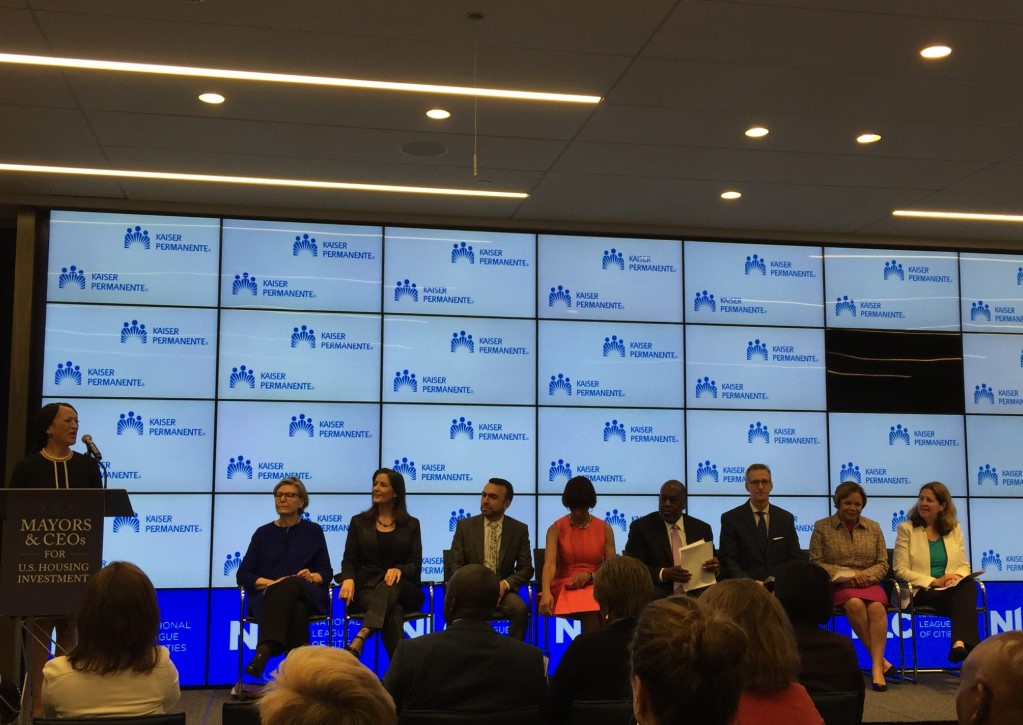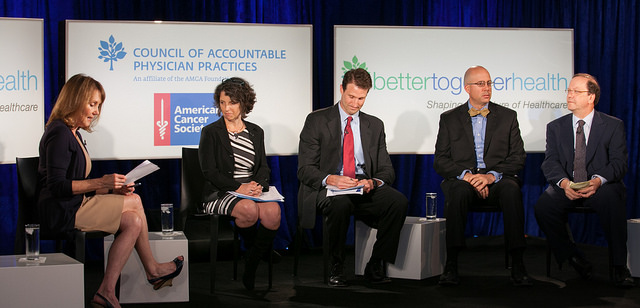This week, as many people prepare to celebrate abundance on the Thanksgiving holiday, we felt it worth looking at the topic of food security. Perhaps it’s a phrase some of us aren’t familiar with, but at the 1996 World Food Summit, the World Health Organization defined food security as existing “when all people at all times have access to sufficient, safe, nutritious food to maintain a healthy and active life.” It’s a complex issue touching on availability, access, economics and policy. To help us better understand the topic, we sat down with Kathy Mulvey, policy director for Community Food Security Coalition for a brief Q&A.
CTH Blog:
Kathy, thank you for taking the time to talk today. First, tell us a little about your organization — Community Food Security Coalition.
KM:
Our mission is to catalyze food systems that are healthy, sustainable, just, and democratic by building community voice and capacity for change. The coalition’s more than 500 organizational members come from anti-hunger, public health, sustainable agriculture, community economic development, and other sectors of the food movement.
CTH Blog:
Let’s look at the issue of food security from the perspective of most people this week — which is Thanksgiving. It’s a day dedicated to food in our culture — usually the abundance of it. What’s the reality in terms of food access? How big a problem is hunger for folks in the U.S.?
KM:
This is a time when we traditionally focus on food and family. But this Thanksgiving, in particular, given the economic uncertainty so many families face, the need for a strong safety net is more critical than ever. As of 2010, 14.5 percent of U.S. households were food insecure. That means millions of families simply do not have enough to eat and are hungry.
CTH Blog:
These facts can be overwhelming; it’s easy for people to feel helpless and powerless to make a difference. What can an individual do to take action and try to improve food security in his community?
KM:
It’s important for people to reach out to their legislators and demand to have a voice about where our food comes from. And on a grass-roots level, there are lots of things anyone can do: Start a garden in your community. Meet with your local school service director about getting locally sourced and farmed food into the cafeteria. Or volunteer at a food bank. Just take action.
To discover more about Community Food Security Coalition and its policy and grass roots efforts – including handouts on community food security programs and what one person can do to help, visit http://foodsecurity.org.



